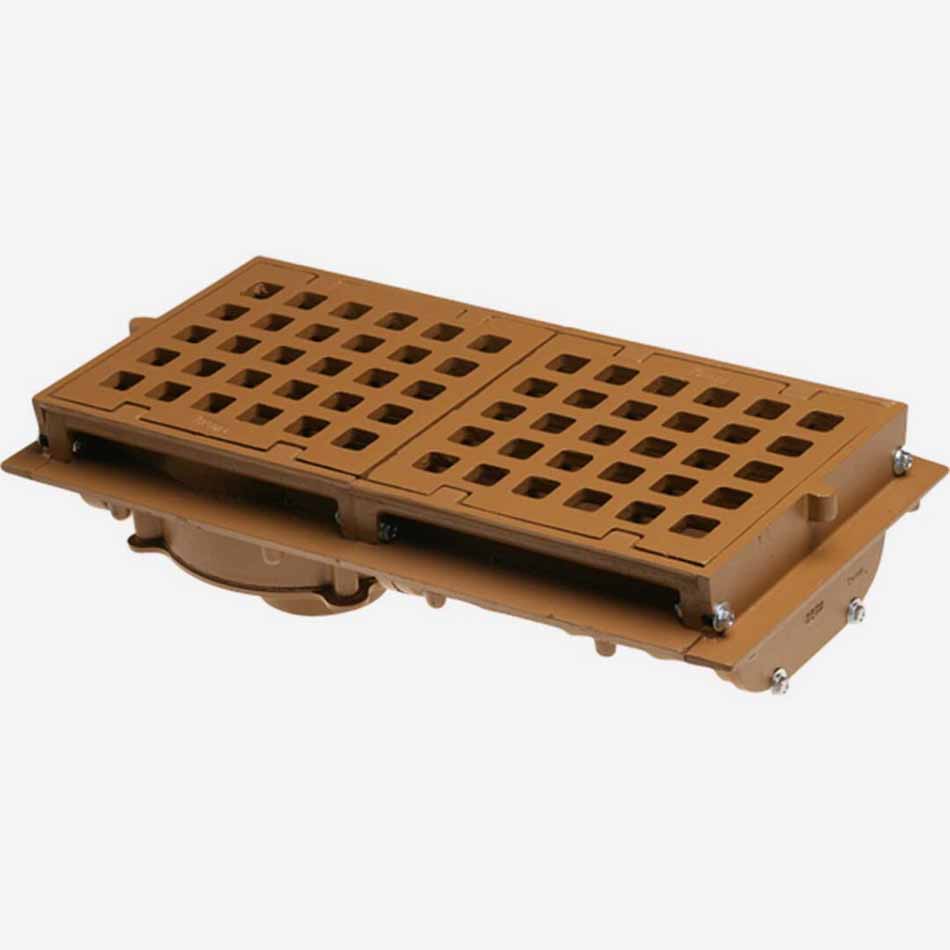Fiberglass-reinforced plastic (FRP) grating has become a widespread choice for various applications in industries such as construction, marine, and chemical plants. Unlike traditional metal grates, FRP grating is lightweight, corrosion-resistant, and easy to install. In this guide, we will delve into the world of fiberglass grating, exploring its benefits, applications, and tips for choosing the right product for your needs.
Why Choose Fiberglass Grating?
One of the main reasons fiberglass is chosen over traditional materials is its corrosion-resistant properties. FRP grating does not rust or corrode, making it an ideal choice for harsh environments where exposure to chemicals, moisture, and saltwater is unavoidable.
Another advantage of using fiberglass floor grates is their lightweight nature. As FRP grating is significantly lighter than steel or aluminum grating, it is easier to transport, install, and maneuver on-site, reducing labor costs and installation time.
Additionally, fiberglass grating offers superior strength and durability – able to withstand heavy loads and harsh conditions for extended periods without significant degradation. This material is also a non-conductive material, meaning that it does not transmit electricity. This makes FRP grating an excellent option for electrical substations, telecommunications structures, and other facilities where electrical conductivity poses a risk.
Applications of Fiberglass Grating
Fiberglass grating finds numerous applications across various industries due to its versatility, including:
- Walkways and platforms: FRP grating is commonly used to construct safe and stable walkways in industrial and commercial facilities, providing workers with secure access to machinery and equipment.
- Trench and drain covers: Fiberglass grates are suitable for covering trenches and drains due to their corrosion resistance and low maintenance requirements.
- Stair treads: Ideal for slippery or corrosive environments, FRP grating can be used to create non-slip stair treads.
- Marine docks and piers: Fiberglass grating is ideal for marine environments, offering durability and corrosion resistance amid saltwater exposure.
Choosing the Right Fiberglass Grating
When selecting the appropriate fiberglass grating for your needs, consider the following factors:
- Load requirements: Ensure that the grating you choose can handle the weight of the intended application. Consult with a product expert or engineer to determine the appropriate thickness and configuration.
- Chemical resistance: If your application involves exposure to chemicals, select a grating material that is resistant to the specific chemicals present in your environment.
- Slip resistance: Consider the slip-resistant properties of the grating, especially in wet or oily environments. Some FRP grating products have an added grit surface for enhanced slip resistance.
- UV resistance: If your application is outdoors, opt for a UV-resistant grating to withstand the harsh effects of sun exposure.
- Aesthetics: Fiberglass gratings are available in various colors, allowing you to choose a visually appealing option that complements your facility’s design.
In Conclusion
Fiberglass grating truly stands out as a versatile and durable solution for a wide range of applications. By understanding the benefits, applications, and essential factors to consider when choosing the product, you can ensure that you are making the best decision for your project needs. Remember that working with a reliable supplier is key to ensuring the longevity and quality of your FRP grates. With the right knowledge under your belt, you are now ready to explore fiberglass grating for yourself. Thank you for reading!



